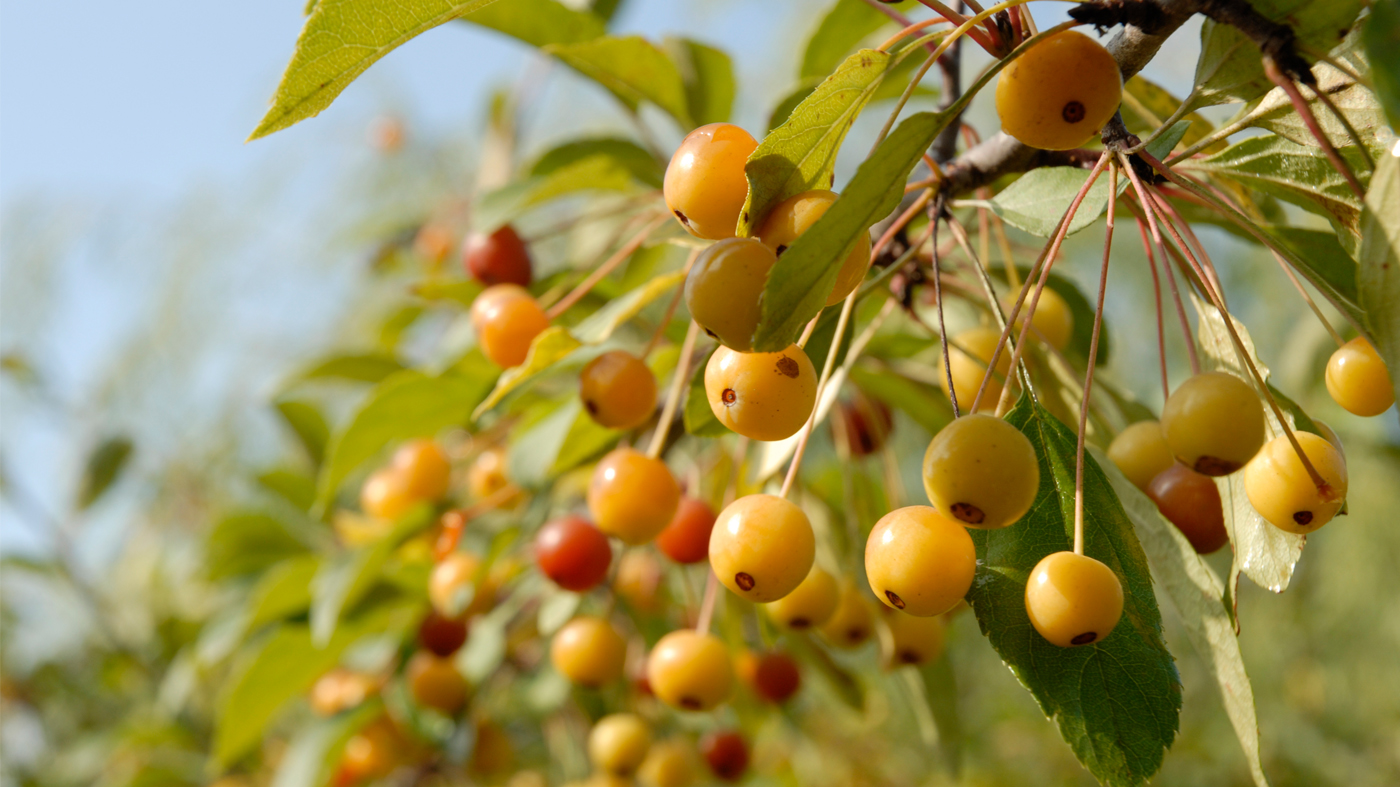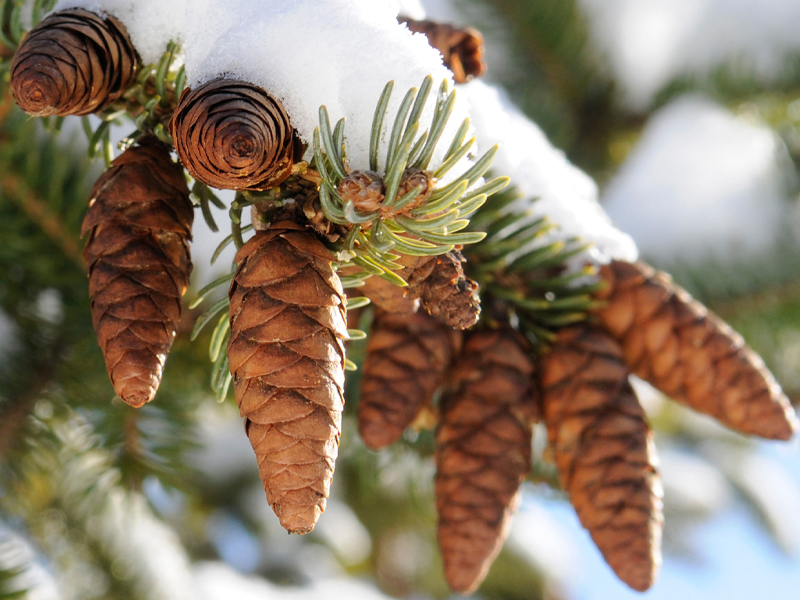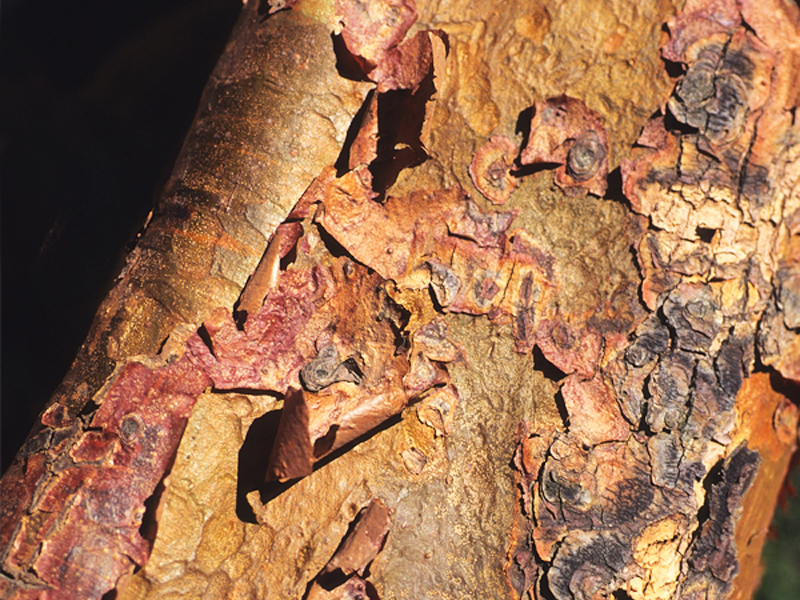

Tips & Techniques
Creating Winter Interest
We’ve all heard what people say about Chicago winters. Sure, they really are long, cold, and sometimes snowy. But inclement weather shouldn’t stop homeowners from being able to enjoy views of their garden from inside their homes. With careful attention to selecting plants that provide visually arresting textures, colors, and movement, it’s possible to make winter a season of natural beauty.
Take a Hard Look
Over the next few months, determine if your garden invites your eye to linger with appreciation for what is planted there, or whether your landscape needs an exciting new dimension. Here are some characteristics of winter interest to look for and the names of plants that deliver them. These plants might not make you love winter, but they might help you appreciate the season in a beautiful new way.
Exfoliating Bark
Trees and large shrubs with exfoliating bark add visual interest all year long, but during winter, when branches are bare, is when exfoliating bark captures our attention. Peeling and curling bark, which often reveals a different color below, adds a sophisticated touch to any garden. For many plants, it takes a few years for this feature to develop.
Plants with exfoliating bark include paperbark maple (Acer griseum), three-flowered maple (A. triflorum), Fox Valley® river birch (Betula nigra ‘Little King’), cornelian cherry (Cornus mas), seven-son flower (Heptacodium miconiodes), Kalm St. Johnswort (Hypericum kalmianum), lacebark pine (Pinus bungeana), and climbing hydrangea (Hydrangea anomala ssp. petiolaris).
Colorful Stems and Twigs
One of the easiest ways to add high-impact winter interest is to plant en masse a large group of multistemmed deciduous shrubs with colorful stems and twigs.
Plants to consider are bloodtwig dogwood (Cornus sanguinea), including the ‘Midwinter Fire’ and ‘Winter Beauty’ cultivated varieties; redosier dogwood (C. sericea); and yellowtwig dogwood (C. s. ‘Budd’s Yellow’), which has yellowish stems. Another option is coral embers willow (Salix alba ‘Britzensis’). These plants can be planted separately or mixed together, for a tapestry of winter color.
Regular pruning in late winter before new growth resumes keeps these plants vibrant. For the dogwoods, cut about a third of the oldest stems back to the ground to encourage new, more colorful stems. It is best to cut coral willow stems completely to the ground each year.
Ornamental Grasses
Ornamental grasses add color, texture, and movement to the winter garden, and create interesting contrast when they are planted near evergreen plants. Many provide food and shelter for birds.
Recommended ornamental grasses for winter interest are northern wild oats (Chasmanthium latifolium), switch grass (Panicum virgatum), Karl Foerster feather reed grass (Calamagrostis x acutiflora ‘Karl Foerster’), prairie dropseed (Sporobolus heterolepsis), and little bluestem (Schizachyrium scoparium).
Like all perennials left standing for winter interest, ornamental grasses must be cut to the ground before new growth resumes in the spring.

Wintertime Fruits, Berries and Cones
A popular way for adding winter interest to gardens is using plants with fruits, berries, or cones that persist through winter — or at least part of the winter, by hungry birds.
Good plants to consider for their yellow and red fruits include the Donald Wyman, Jewelcole, and Winter Gold varieties of crabapple (Malus cvs.). For outstanding early winter berries, look to the chokeberries (Aronia spp.) and winterberry (Ilex verticillata). And evergreen conifers with interesting cones include Macedonian pine (Pinus peuce) and heavy cone Norway spruce (Picea abies ‘Acrocona’).




